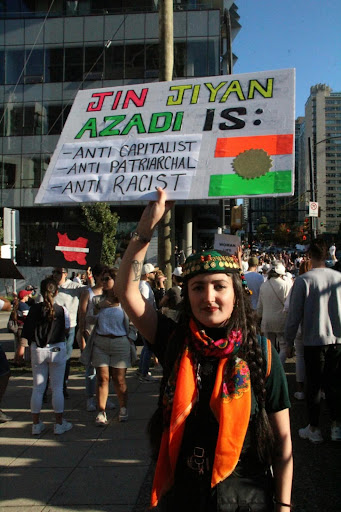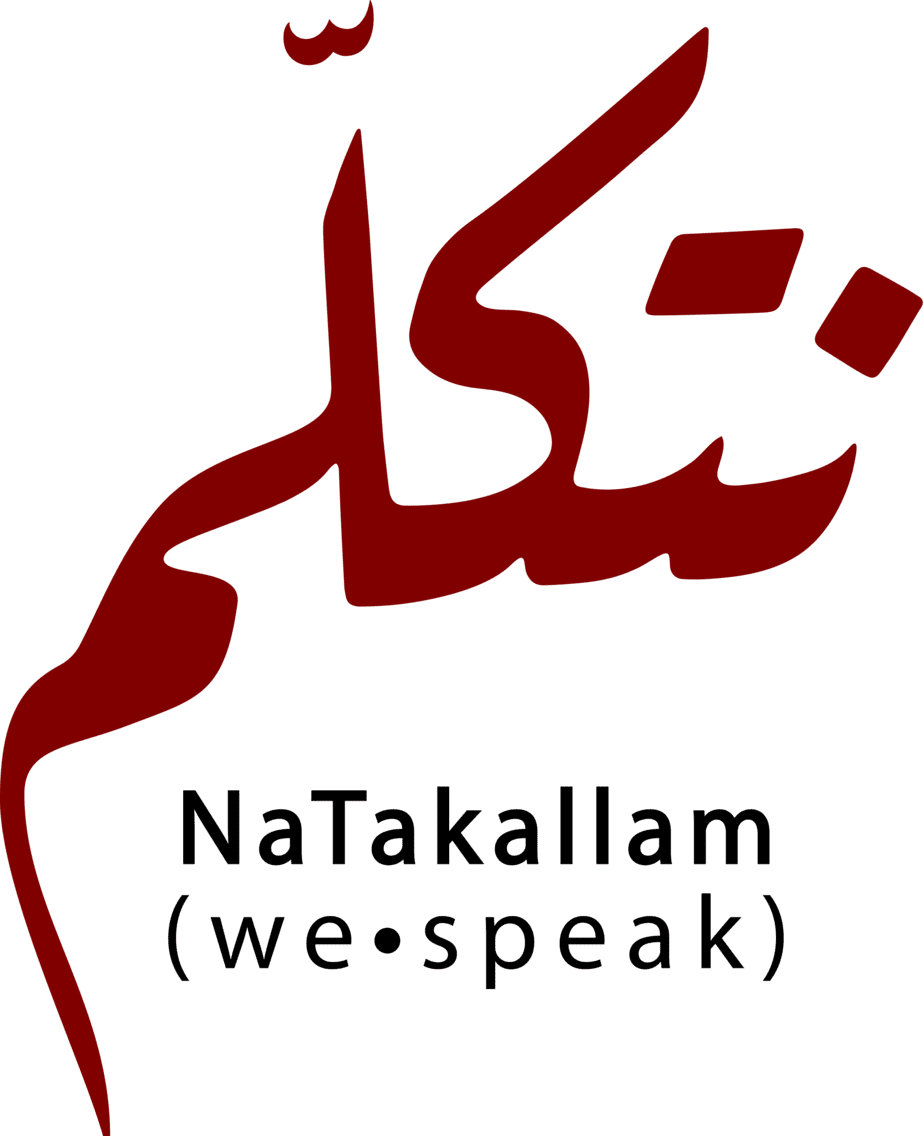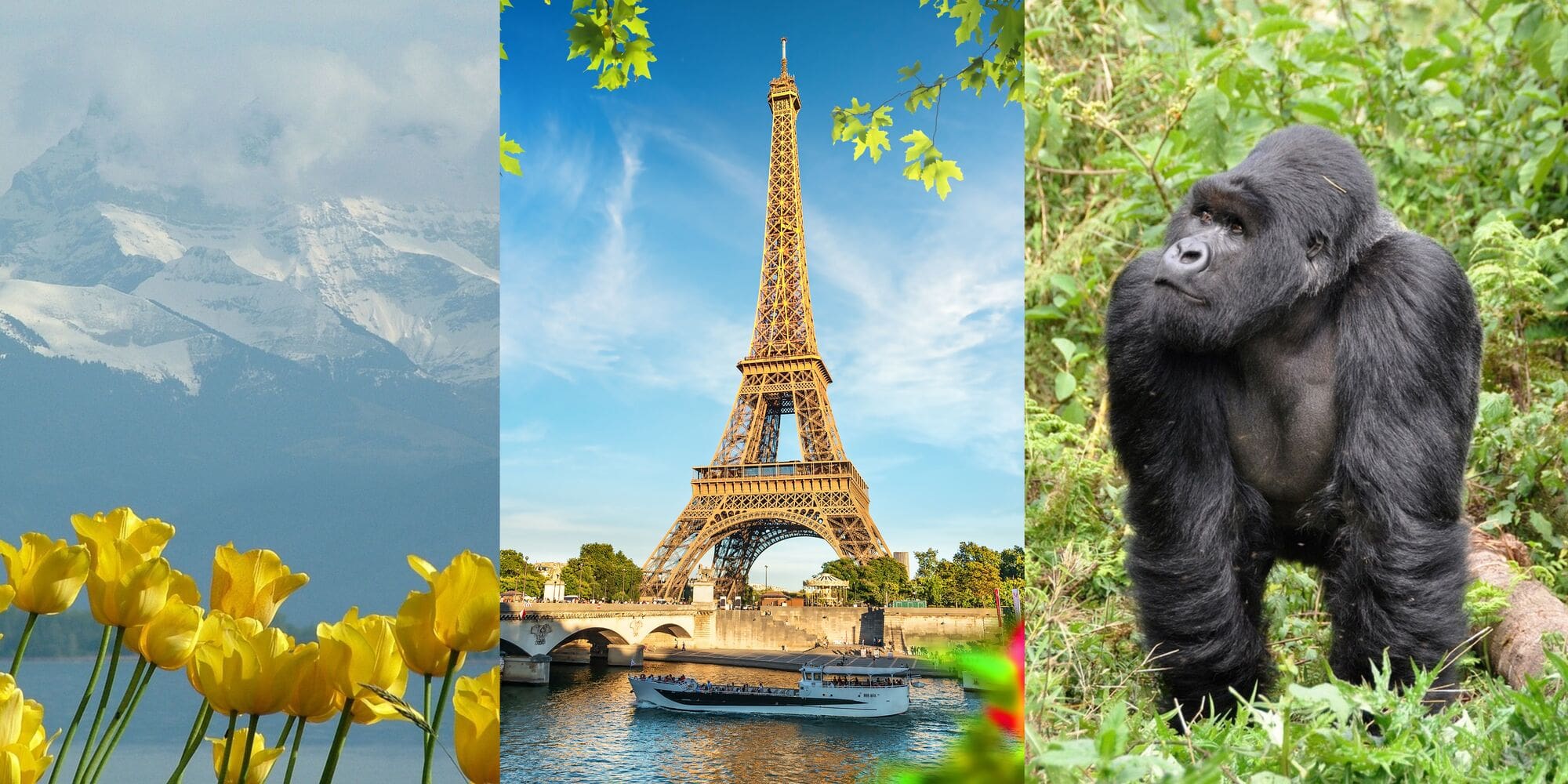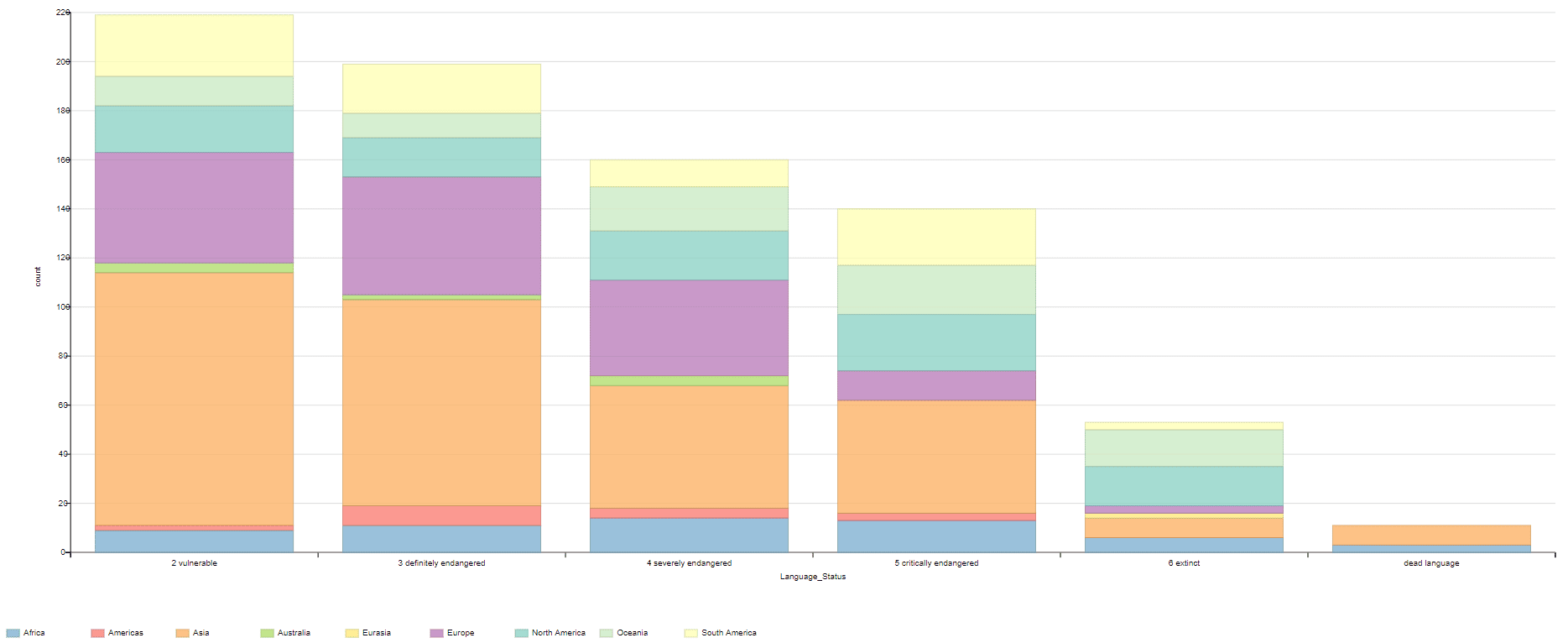Reading Time: 6 minutesAs we ring in New Year 2022, here are different traditions that mark the beginning of the year from around the world!
 1. Syria & Lebanon: a ‘‘white dish’’
1. Syria & Lebanon: a ‘‘white dish’’
In Syria and parts of Lebanon, New Year’s is celebrated with a “white dish” representing the hope for all things good for the year. The ‘‘white dish’’ could be a scrumptious plate of shakriyeh, kibbeh labanieh, sheikh el mahshi, muhalabia or just a simple bowl of cereal with milk1. As in several other cultures, the color white is considered particularly auspicious for New Year’s as it is associated with new beginnings, peace and prosperity.
 2. Ecuador: burning the Año Viejo (‘‘old year’’)
2. Ecuador: burning the Año Viejo (‘‘old year’’)
In Ecuador, the New Year is ushered in with the burning of effigies of all people/things that represent the year gone by. These effigies could range from that of politicians, television personalities to that of beloved superheroes and cartoon characters. As a part of the tradition of Año Viejo, revelers jump over the burning effigies twelve times for each month of the year in a symbolic cleansing of the bad from the past year before commencing the New Year.2
 3. Armenia: breaking of the ‘‘year bread’’
3. Armenia: breaking of the ‘‘year bread’’
In Armenia, a sweet bread called the ‘‘year bread’’ (also known as gata, darin, or darehats) is baked to mark the New Year. Although the recipe for this bread varies from region to region, it usually consists of flour, sugar, butter, eggs and often an Armenian yogurt known as matsoni. A coin, walnut, or a button is hidden in this bread and when it is broken (yes, broken not cut)3 on New Year’s the person who finds it in their piece is considered to have the best fortune for the year.
 4. Spain: las doce uvas de la suerte (the 12 grapes of luck)
4. Spain: las doce uvas de la suerte (the 12 grapes of luck)
In Spain, twelve grapes are eaten, synchronized with the sound of the twelve strikes of the bell marking the New Year. This tradition is believed to lead an individual into twelve lucky and prosperous months. In more recent years, the grapes are stuffed into the mouth all at once and the ringing of the bell is substituted with loud cheers from family and friends.
 5. Peru: three potatoes
5. Peru: three potatoes
In Peru, three potatoes – one peeled, one half peeled, and one unpeeled – are hidden under a chair or a couch before midnight. When family/friends gather at midnight, a potato is picked at random. This potato is believed to predict the person’s/family’s fortunes for the year to come. The peeled potato signifies bad financial fortune, half-peeled signifies a normal year, and unpeeled signifies a great bounty in the year ahead.
 6. France: galette de Rois (‘‘Kings’ cake’’)
6. France: galette de Rois (‘‘Kings’ cake’’)
In France, New Year celebrations extend to January 6, when the feast of Epiphany – marking the three wise men’s visit to baby Jesus – is celebrated. On this day, people tuck into a sweet pastry called galette des Rois. Two little figurines are hidden inside the pastry; whoever finds it is deemed King or Queen for the day.
 7. Iran: the haftseen (هفت سین), table spread of seven S’s
7. Iran: the haftseen (هفت سین), table spread of seven S’s
Iranians celebrate their New Year, Nowruz (نوروز), at the beginning of spring (on March 20th or 21st). They usher in the New Year with a ‘haft-seen’ table, set with seven symbolic dishes starting with the Persian letter seen (س, S). These may include sabzeh (سبزه, sprouts) for rebirth, sekkeh (سکه, coins) for wealth, sib (سیب, apple) for beauty, samanoo (سمنو, pudding) for bravery, sumaq (سماق, spice) for sunshine, seer (سیر, garlic) for health, and serkeh (سرکه, vinegar) for patience.
 8. From ancient Babylonia to you (wherever you are) today: New Year’s resolutions
8. From ancient Babylonia to you (wherever you are) today: New Year’s resolutions
The Babylonian akitu festival is one of the oldest recorded New Year celebrations in the world. It developed from a semiannual agricultural festival to an annual New Year’s national holiday, and reached its zenith in the first millennium B.C.E.4 As a part of the festivities, Babylonians would make promises to gods to return borrowed objects and to pay any outstanding debts – these became an early forerunner to our own New Year’s resolutions today! According to a 2016 study, 41% of Americans make New Year’s resolutions. They are, after all, a triumph of hope over experience.
As we see above, different countries and regions of the world usher in the New Year in their own unique ways, however, common to them all is the hope for a new year full of happiness, peace and prosperity.
If your New Year celebrations this year include a resolution, consider learning a new language or brushing up an old one! If you’re on the fence, check out our top 10 reasons why learning a new language will benefit you. NaTakallam’s language learning is taught by displaced, native speakers and is available in Armenian, Arabic (MSA+ dialects), English, French, Kurdish, Persian and Spanish. This New Year, learn new languages, create new experiences!
Wishing all our readers and learners a happy, peaceful and prosperous New Year 2022!
1 Siham Tergeman. Daughter of Damascus: A Memoir. Austin: University of Texas Press, 1994. p.52.
2 This symbolic jumping over flames can also be found in Iranian New Year (Nowruz) celebrations. See, no. 7 to learn more.
3 To some Armenians, bread symbolizes abundance, and hence, it is never cut with a knife (but broken) so as not to curb their good luck. For more, see: Nane Khachatryan, New Year in Armenia: A Festive Dinner, ecokayan.com/armenia/travel/explore/new-year-dinner-in-armenia.
4 Julye M. Bidmead, The Akitu Festival: Religious Continuity and Royal Legitimation in Mesopotamia. Piscataway, NJ: Gorgias Press, 2004. Introduction.




 1. Syria & Lebanon: a ‘‘white dish’’
1. Syria & Lebanon: a ‘‘white dish’’ 2. Ecuador: burning the Año Viejo (‘‘old year’’)
2. Ecuador: burning the Año Viejo (‘‘old year’’) 3. Armenia: breaking of the ‘‘year bread’’
3. Armenia: breaking of the ‘‘year bread’’ 4. Spain:
4. Spain:  5. Peru: three potatoes
5. Peru: three potatoes  6. France: galette de Rois (‘‘Kings’ cake’’)
6. France: galette de Rois (‘‘Kings’ cake’’) 7. Iran: the haftseen (هفت سین), table spread of seven S’s
7. Iran: the haftseen (هفت سین), table spread of seven S’s 8. From ancient Babylonia to you (wherever you are) today: New Year’s resolutions
8. From ancient Babylonia to you (wherever you are) today: New Year’s resolutions



